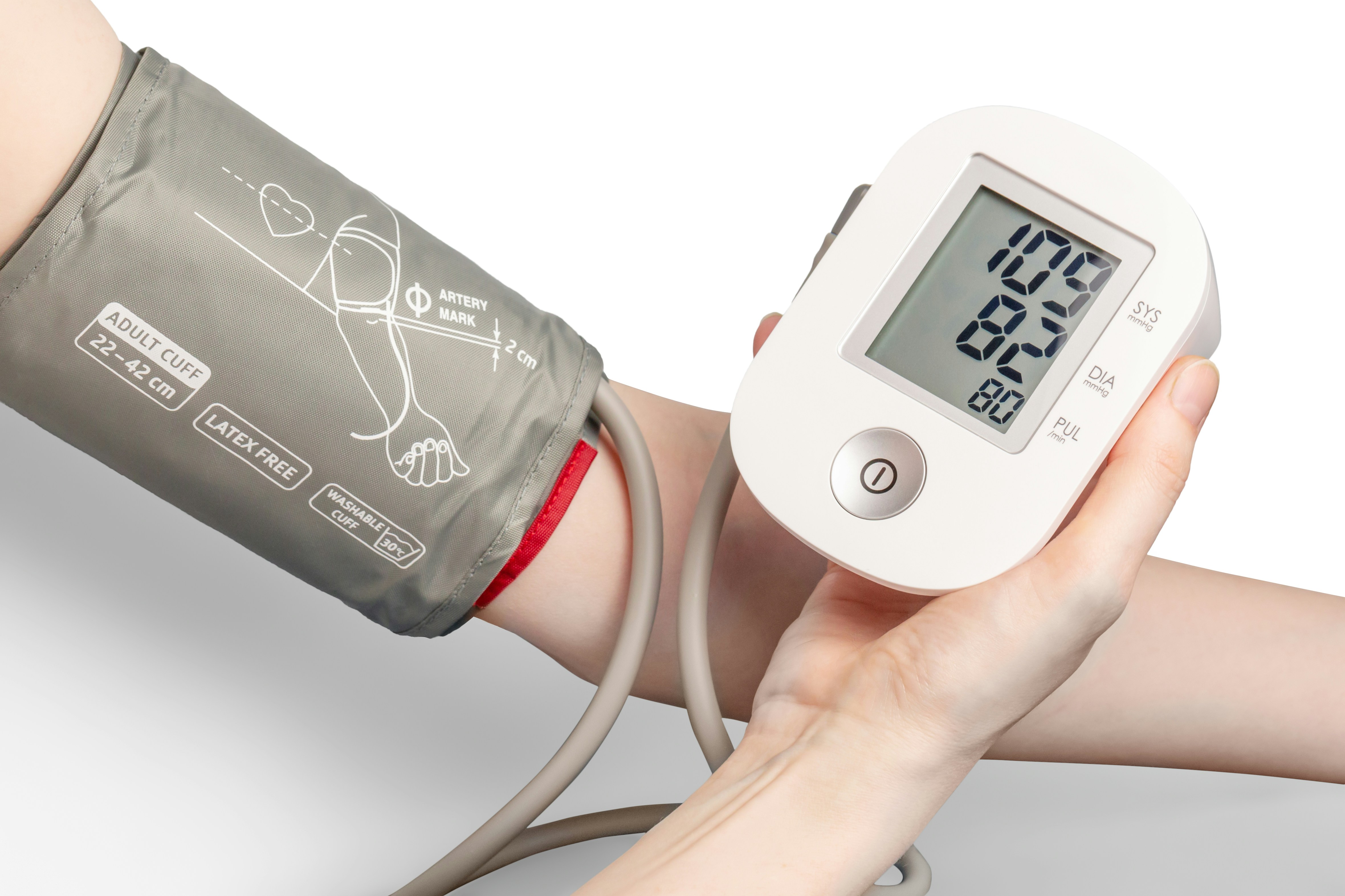Media release
From:
Nearly everyone has at least one risk factor before a heart attack, stroke or heart failure
Global study of millions finds over 99% had at least one risk factor years before first cardiac event
- One or more risk factors above optimal levels — high blood pressure, cholesterol, glucose or smoking — almost always precedes a cardiac event
- Findings refute the commonly held belief that heart disease often strikes people without warning
- Authors urge greater attention to early detection and control of these modifiable risks
More than 99% of people who went on to suffer a heart attack, stroke or heart failure already had at least one risk factor above optimal level beforehand, reports a large-scale study led by Northwestern Medicine and Yonsei University in South Korea.
The study, which analyzed health records over more than a decade for more than 9 million adults in South Korea and nearly 7,000 people in the U.S., refutes the notion that these devastating events often strike people without warning signs.
Cardiovascular disease remains the leading cause of death in the U.S. and worldwide.
The findings will be published on Monday (Sept. 29) in The Journal of the American College of Cardiology.
“We think the study shows very convincingly that exposure to one or more nonoptimal risk factors before these cardiovascular outcomes is nearly 100%,” said senior author Dr. Philip Greenland, professor of cardiology at Northwestern University Feinberg School of Medicine.
“The goal now is to work harder on finding ways to control these modifiable risk factors rather than to get off track in pursuing other factors that are not easily treatable and not causal.”
The risk factors
Greenland and his colleagues selected four major cardiovascular risk factors: blood pressure, cholesterol, blood sugar and tobacco use. They used the American Heart Association’s ideal cardiovascular health definitions, which describe nonoptimal levels as:
- Blood pressure ≥120/80 mm Hg or on treatment
- Total cholesterol ≥200 mg/dL or on treatment
- Fasting glucose ≥100 mg/dL, diagnosis of diabetes or on treatment
- Past or current tobacco use
In a secondary analysis, the team also looked at clinically elevated risk factors, the higher thresholds doctors often use for diagnosis: blood pressure ≥140/90, cholesterol ≥240, glucose ≥126 and current smoking.
The scientists analyzed health data from more than 9.3 million Korean adults and nearly 7,000 U.S. adults followed for up to two decades. Because these cohorts included repeated health screenings, the research team could see what levels of blood pressure, cholesterol, glucose and smoking exposure people had years before their first cardiovascular event.
The findings
Across both the Korean and U.S. cohorts, the results were definitive: More than 99% of people who developed coronary heart disease, heart failure or stroke had at least one nonoptimal risk factor before their event. Over 93% had two or more risk factors.
High blood pressure, or hypertension, was the most common culprit, affecting over 95% of patients in South Korea and more than 93% in the U.S.
Even in women under 60 — the group often assumed to be at lowest risk — more than 95% still had at least one nonoptimal factor before heart failure or stroke.
When the researchers raised the bar to clinically elevated levels, the pattern held. At least 90% of patients still had at least one major risk factor before their first cardiac event.



 International
International



